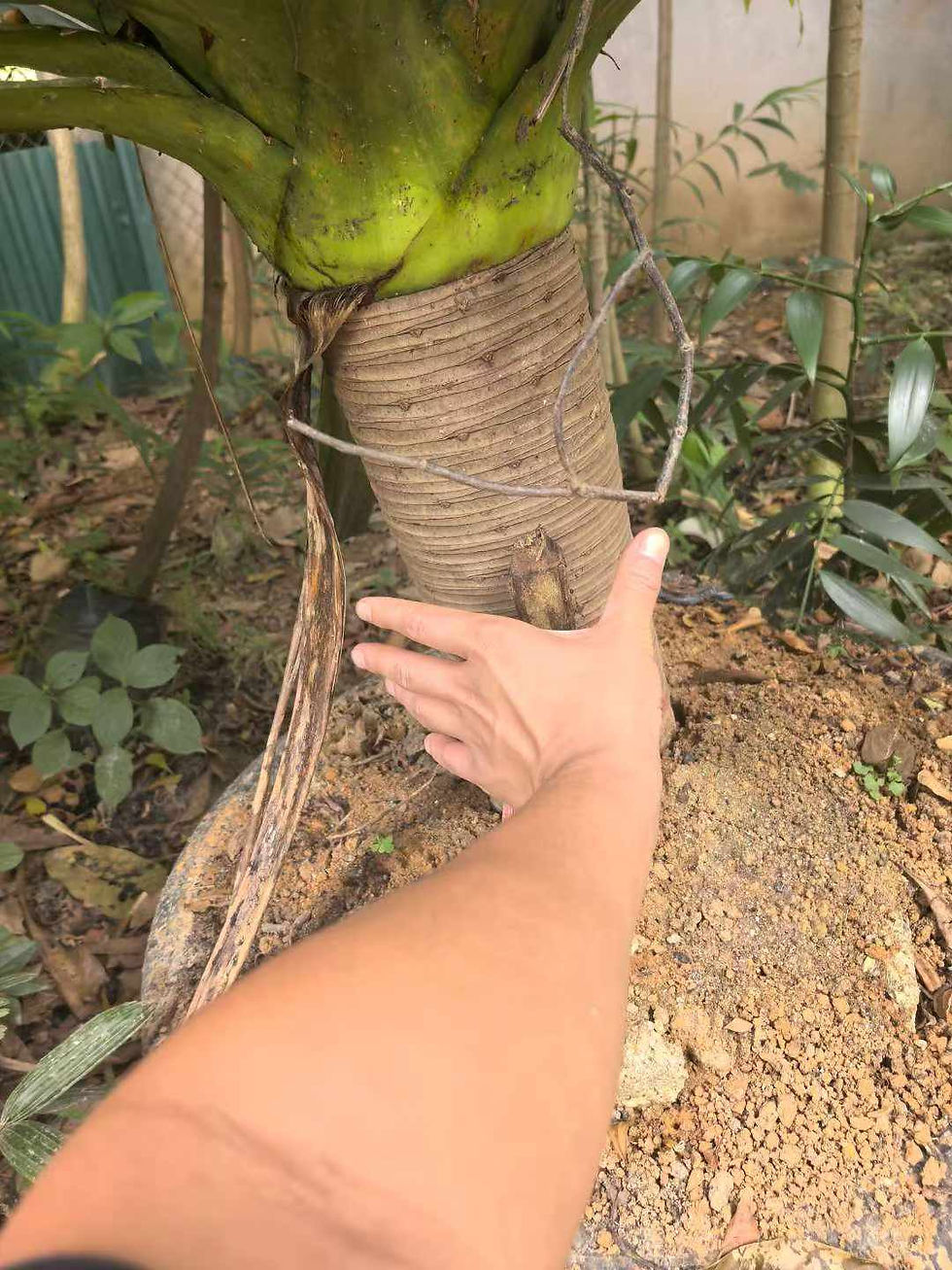Zanthoxylum bungeanum / Sichuan Pepper / Huajiao / seeds
Seeding: Zanthoxylum bungeanum, commonly known as Sichuan pepper or Chinese prickly ash, is propagated from seeds. The seeds are extracted from mature fruits and soaked in water for 24 hours to soften the hard outer shell. Once softened, the seeds are sown directly into well-draining soil or nursery containers. Plant the seeds at a depth of around 1/2 inch and ensure consistent moisture until germination, which typically occurs within 4-6 weeks.
Planting: After seedlings have developed several sets of true leaves and are robust enough for transplanting, they can be moved outdoors. Zanthoxylum bungeanum thrives in various climates, from temperate to subtropical regions, and prefers full sun to partial shade. Plant with spacing of about 10-15 feet between trees to allow for optimal growth and canopy development. Regular watering, especially during the establishment phase, is essential for healthy root development and overall growth.
Popular Food Additive and Traditional Chinese Herbal Medicine: Zanthoxylum bungeanum is renowned both as a popular food additive and a staple in traditional Chinese herbal medicine. Its dried husks, known as Sichuan peppercorns, are prized for their unique flavor and numbing sensation. In culinary applications, Sichuan peppercorns are used to add a citrusy, peppery flavor to a variety of dishes, particularly in Sichuan cuisine. Additionally, in traditional Chinese herbal medicine, various parts of the Zanthoxylum bungeanum plant, including the fruit, bark, and leaves, are utilized to address digestive issues, pain relief, and inflammation due to its active compounds such as alkaloids and flavonoids.
Landscaping and Greening Applications: Zanthoxylum bungeanum is occasionally employed in landscaping and greening endeavors for its ornamental characteristics and minimal maintenance requirements. The tree's attractive foliage and distinctive fruit clusters contribute visual interest to parks, gardens, and urban green spaces. Its ability to thrive in various soil types and environmental conditions makes it a suitable option for landscaping projects aimed at enhancing outdoor aesthetics.
In summary, Zanthoxylum bungeanum serves multiple purposes, from culinary delight to traditional medicine and ornamental landscaping. Its cultivation and utilization offer diverse benefits, spanning from flavor enhancement in cuisine to healing properties in herbal medicine and aesthetic enhancement in outdoor environments.
Details
Trees 3-7 m tall, deciduous. Stems and branchlets with prickles; stem prickles with a flat base. Young branchlets pubescent. Leaves 5-13-foliolate; rachis marginate; leaflet blades sessile, opposite, ovate, elliptic, or rarely lanceolate, sometimes suborbicular near leaf rachis base, 2-7 × 1-4.5 cm, both surfaces pubescent or abaxial surface flocculent along midvein, midvein adaxially impressed, margin crenate. Inflorescences axillary but terminal on lateral branchlets; rachis and pedicel pubescent or glabrous. Perianth in 2 irregular series or 1 series, with 6-8 yellowish green ± undifferentiated tepals. Male flowers: stamens 5-8; rudimentary gynoecium 2-lobed. Female flowers 2-5-carpelled. Fruit follicles purplish red, 4-5 mm in diam., pustulose glandular, apex shortly beaked or beak lacking. Seeds 3.5-4.5 mm. Fl. Apr-May, fr. Aug-Oct.
Found in many habitats; below 3200 m. Anhui, Fujian, Gansu, Guangxi, Guizhou, Hebei, Henan, Hubei, Hunan, Jiangsu, Jiangxi, Liaoning, Ningxia, Qinghai, Shaanxi, Shandong, Shanxi, Sichuan, SE Xinjiang, S and SE Xizang, Yunnan, Zhejiang [Bhutan].
The dried fruit follicles of Zanthoxylum bungeanum are used as a culinary spice and are particularly popular in Sichuan cuisine (Sichuan pepper). In Japan, Z. piperitum (Linnaeus) Candolle is sometimes similarly used

































